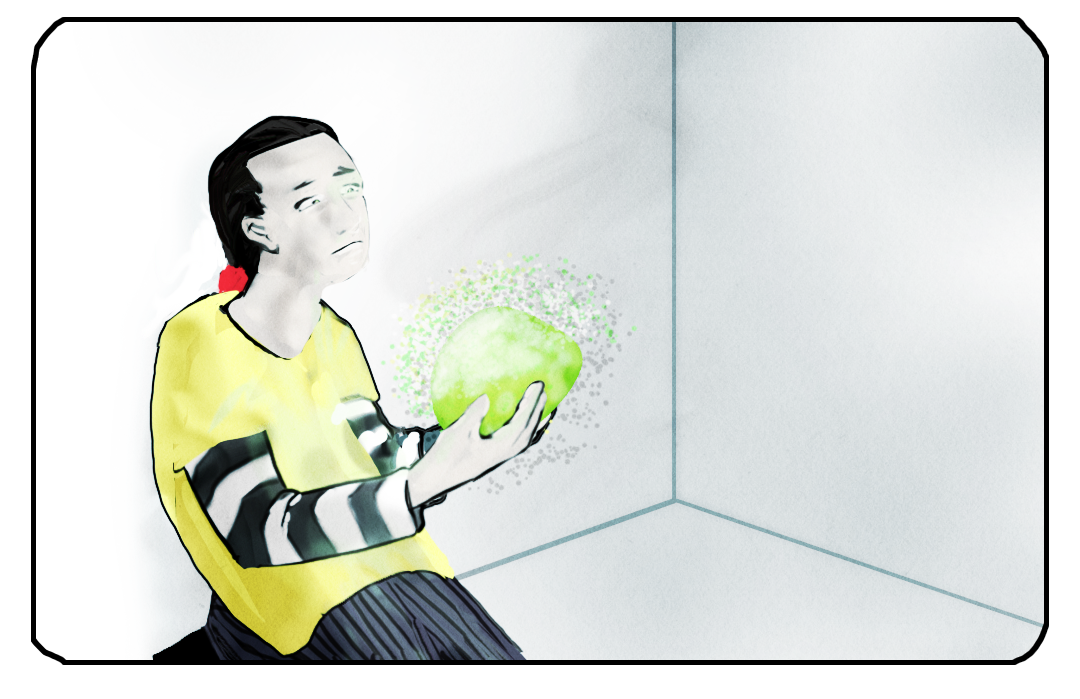So today is the 155th anniversary of John Brown’s oddly-fated raid on Harper’s Ferry. As much as I’d like to boil the event down to one or two pithy lines, my reading on the subject has not refined my thoughts. Instead, it’s just tossed new thoughts on the pile.
So the best I can do are some pictures worth a thousand words, more or less. Let’s say twenty.
1.
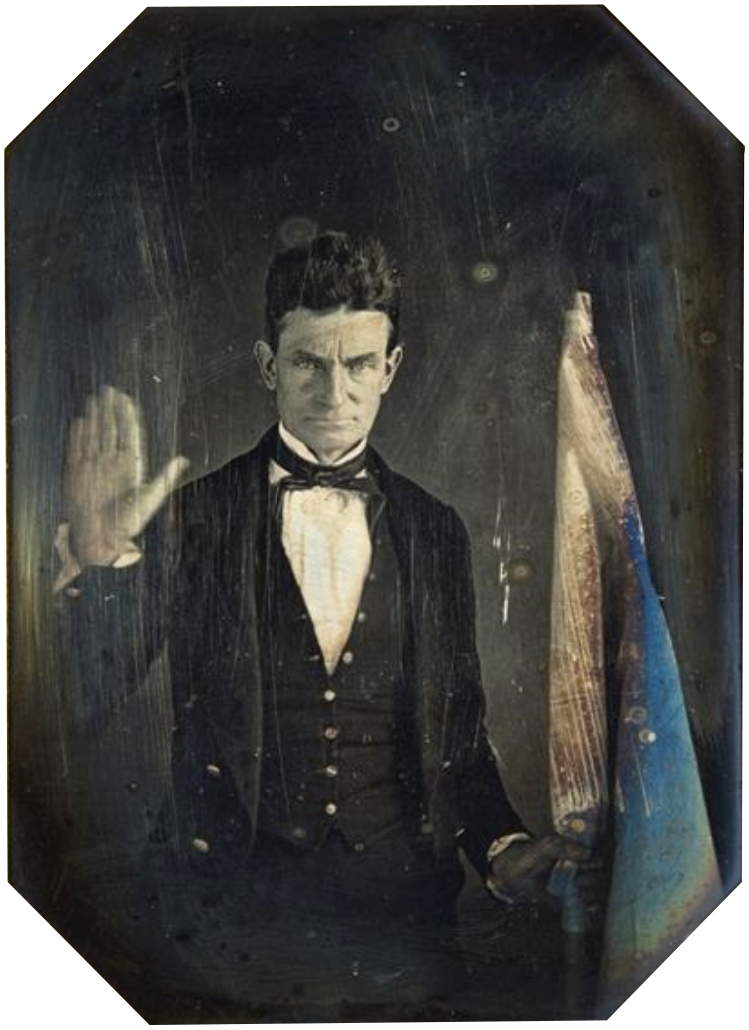
John Brown was a charismatic dude. He had the ability to lead, though sometimes his directions were not the best.
2.
3.
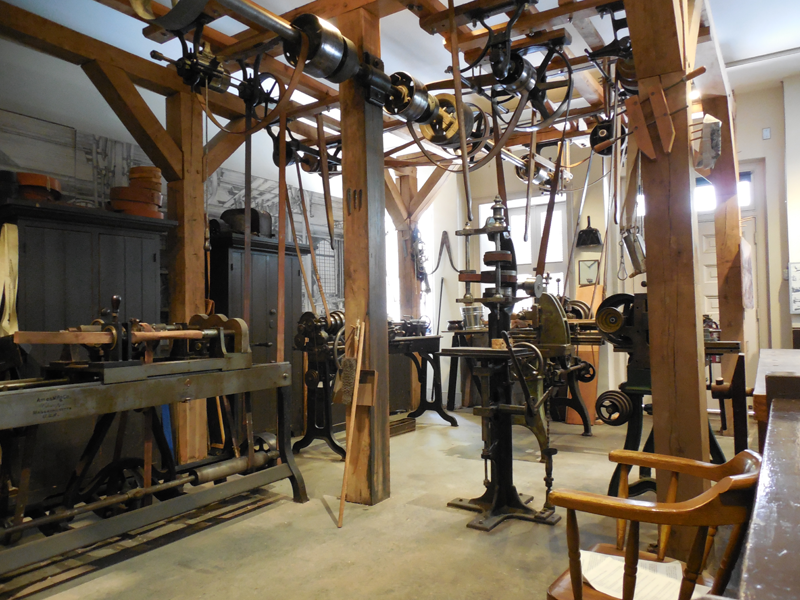
The reason Brown wanted to take Harper’s Ferry was because they had guns there. Lots and lots of guns. It was one of the main places where guns were made in America. The “Minié ball” bullet was perfected right there in Harper’s Ferry.
4.
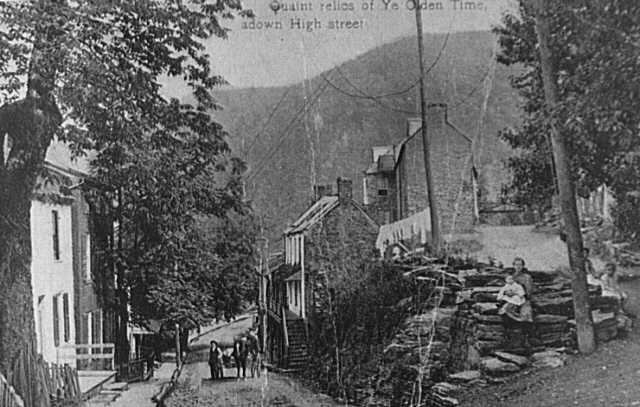
The town itself looks more like a little city in a European hillside than what we usually think of as an American city.
5.
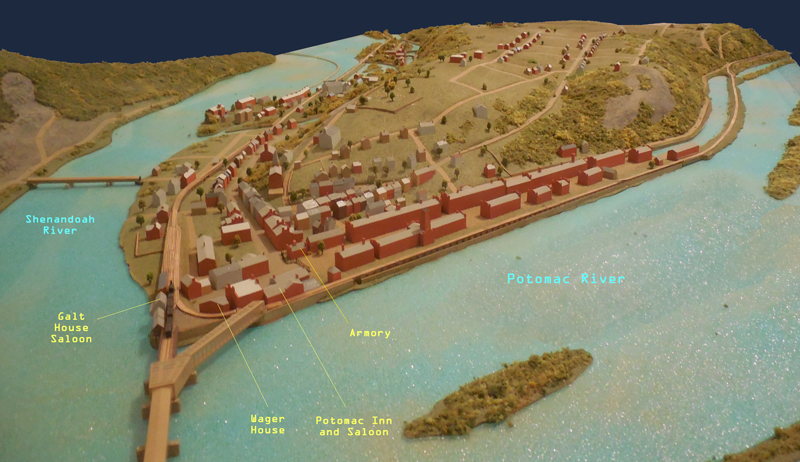
A model of Harper’s Ferry as it appeared at the time. I am slowly filling the details in as I figure them out.
6.
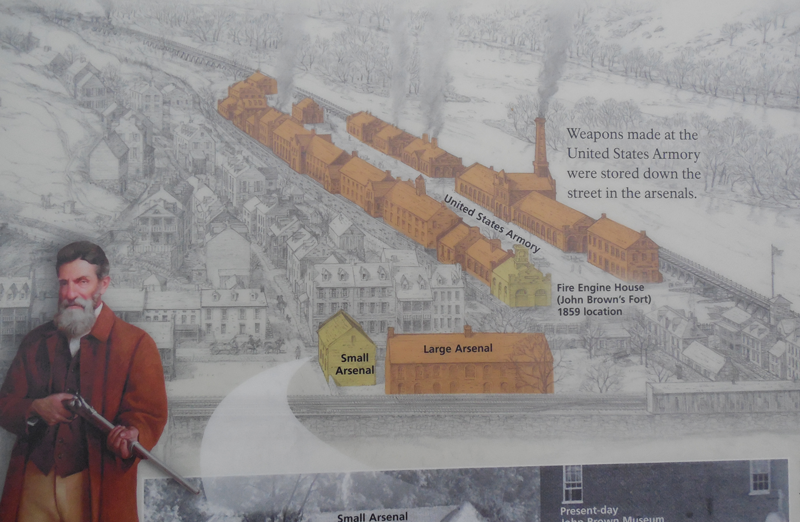
Brown and the raiders actually managed to take over the town for a while, including sixty local hostages and an entire passenger train.
7.
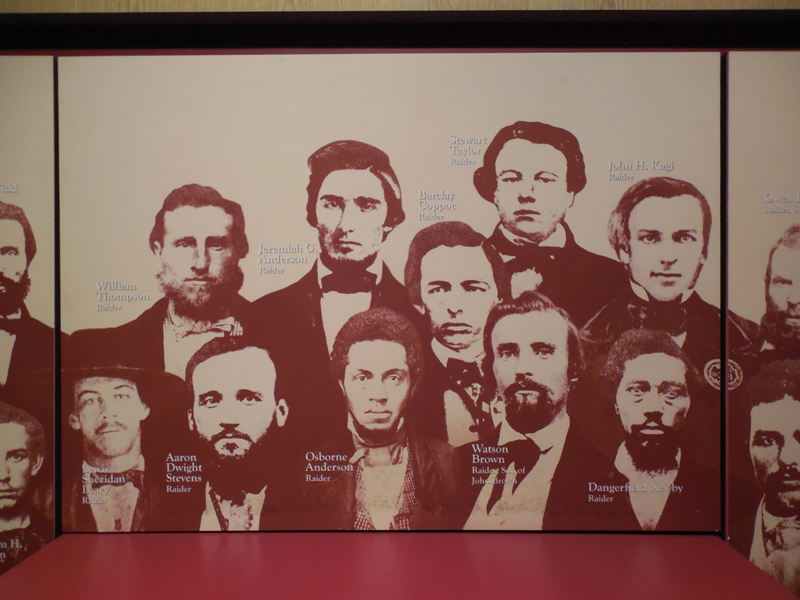
How did they do it? Well, there were a lot of them. There were twenty-one raiders with John Brown. All sorts of guys, from all sorts of places. They all had stories, and they were all good ones.
8.
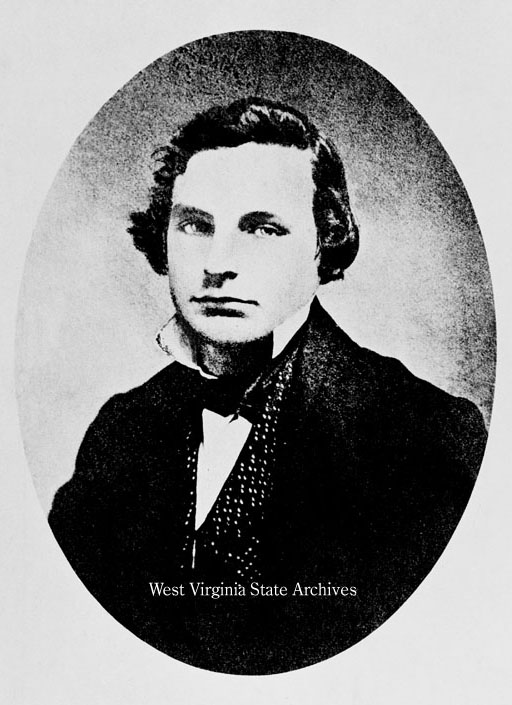
A large part of John Brown’s army was his sons and sons-in-law. This is Oliver Brown, his youngest son, he’s the guy who accidentally shot Heyward Shepherd.
9.
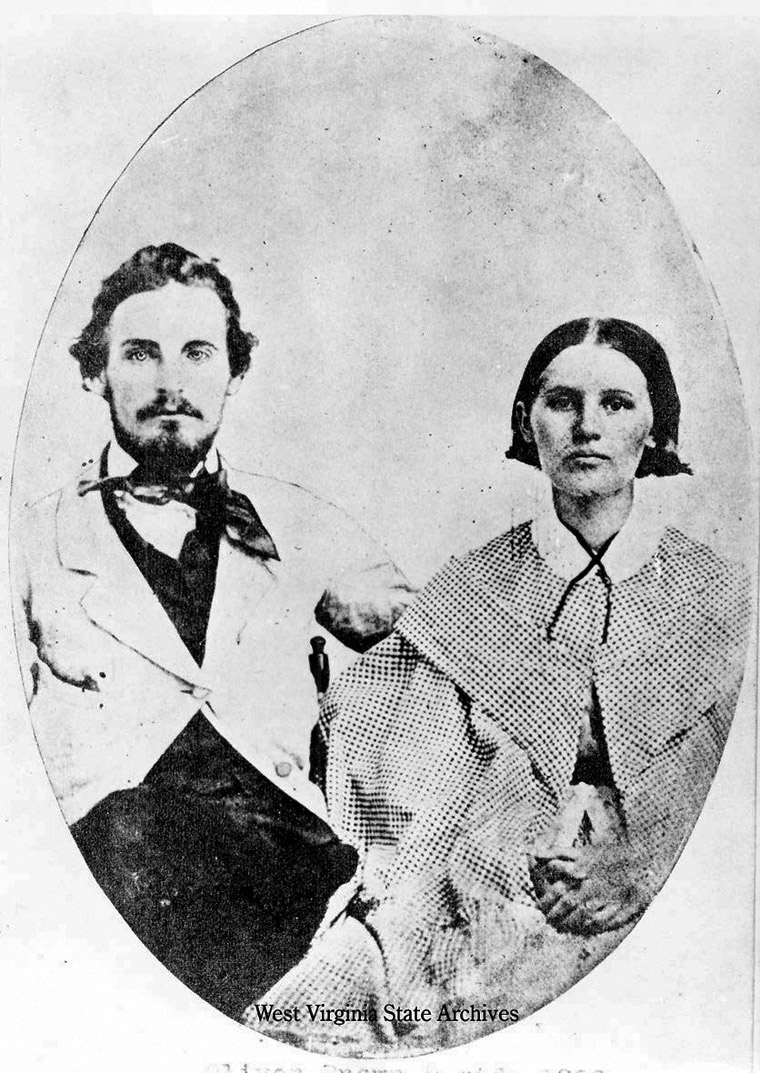
Oliver and his wife Martha. She was a big part of the raid, though she didn’t come over the river to Virginia. She ran the house where they hid out before the raid. Martha was pregnant when Oliver died, and she lost the baby.
10.
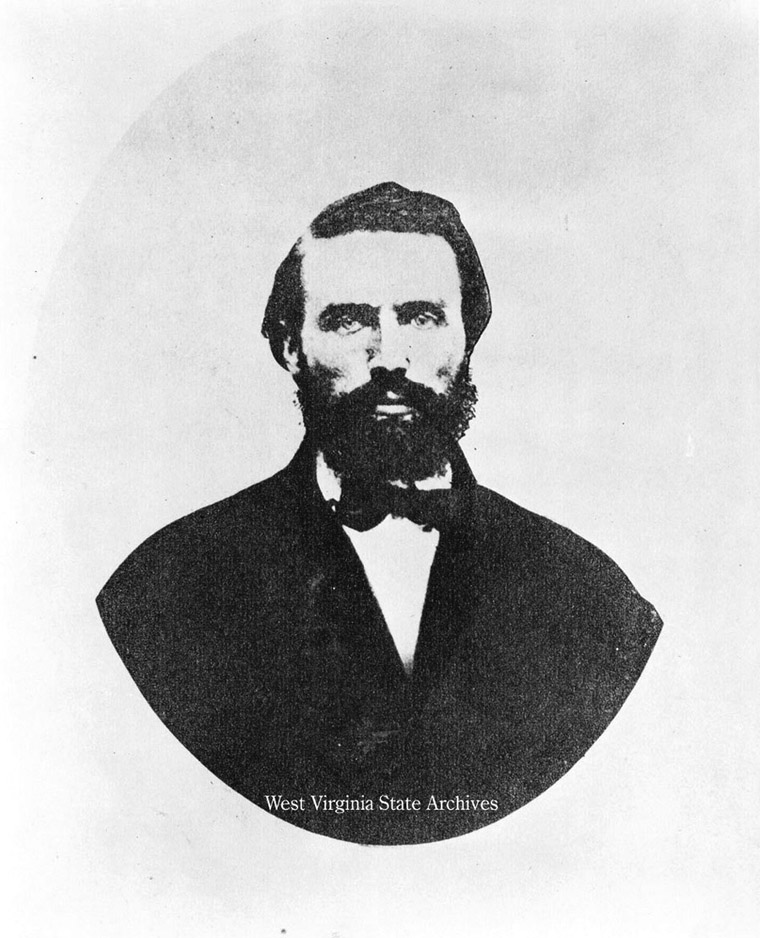
Charles Tidd. A lumberjack with anger issues. He got in constant fights with everyone and always threatened to quit. He never did, though.
Tidd was the only private in an army full of captains, but he was also one of the only ones who managed to escape.
11.
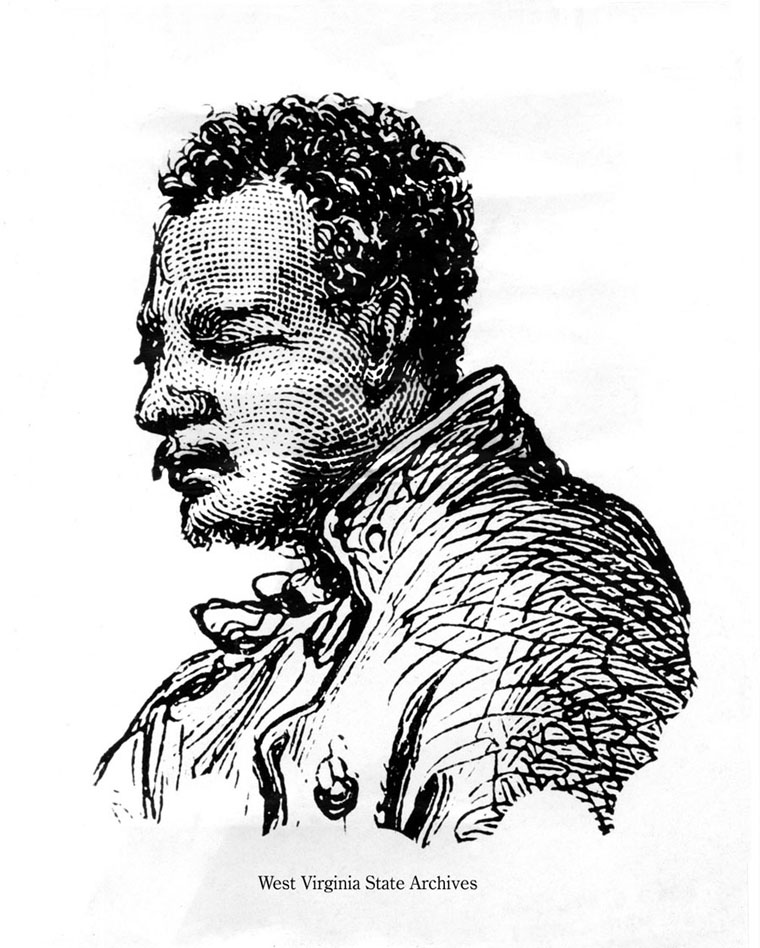
This was an escaped slave named Shields Green, but everybody called him Emperor. He was a freakin’ ninja and taught the rest of the raiders how to fight. He was also personal friends with Frederick Douglass. No photograph of him survives.
12.
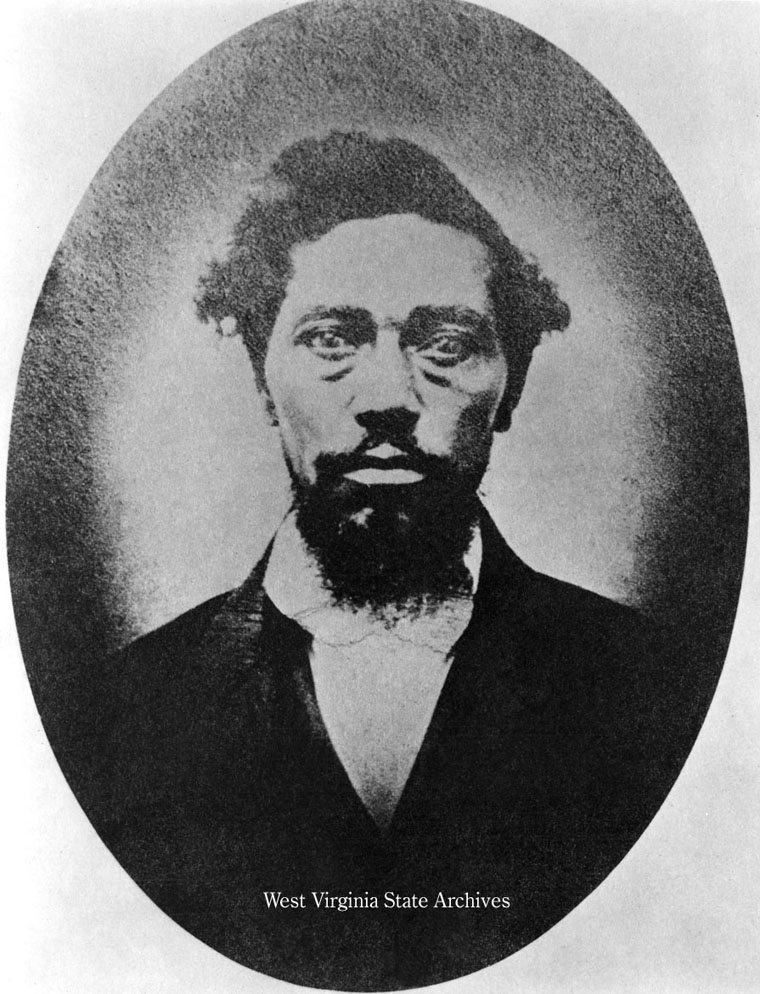
Dangerfield Newby. He was also an escaped slave, but he was from only a few miles away from Harper’s Ferry. He came back to break his wife and kids out.
Newby was the first to die. The townspeople shot him in the neck with a railroad spike and he bled out.
13.
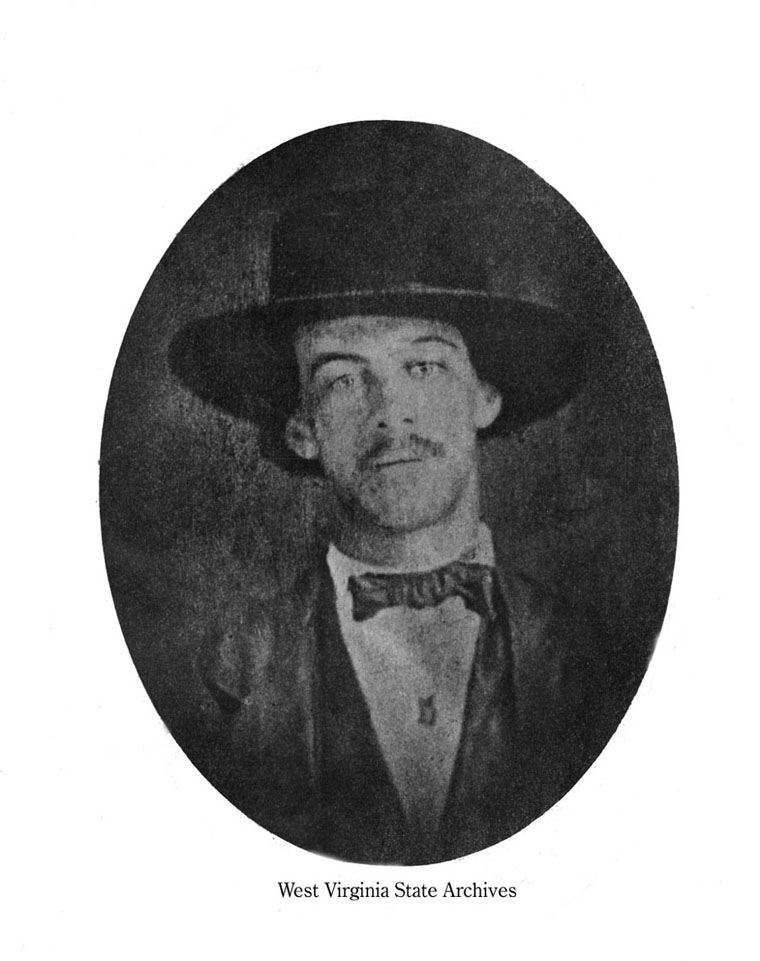
And this is Lewis Leary. Someday he would become Langston Hughes’s grandfather, but he would be long dead before then. Lewis Leary was a college student. He went to school in Oberlin, up in Ohio. When John Brown passed through his town Lewis got up early in the morning and went with him. He didn’t even tell his wife goodbye.
14.
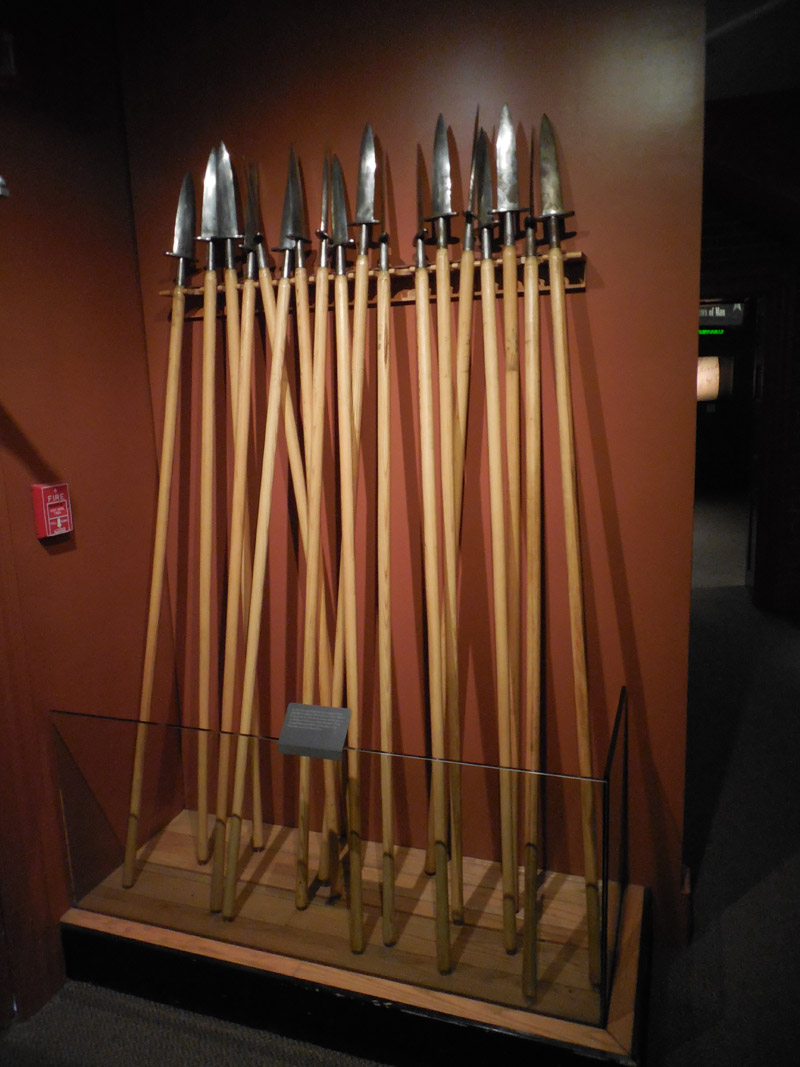
Brown’s plan was sort of crazy, but it could have worked. They certainly had plenty of people and all the weapons in the world. They even brought spears in case so many slaves joined them that they ran out of guns. As it happens, they had plenty of guns. But they had them in the wrong place.
15.
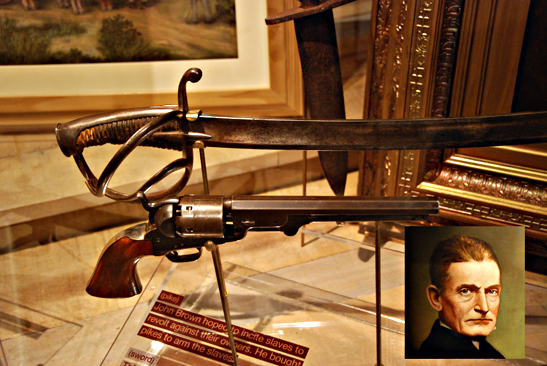
Don’t let me de-emphasize the role of looniness in this affair. The first thing Brown did was send a detachment of six men to take George Washington’s grand-nephew hostage and steal his sword, which had been given to the great General himself by Frederick the Great. They brought the sword back to him (after ceremonially forcing Colonel Washington to surrender it to a black guy, which the Colonel hated), and he wore it on his side through the whole battle.
The sword actually saved Brown’s life. Not because he swung it at anybody, but because somebody tried to stab him and their sword blade ran into the buckle on the sheath of Washington’s sword and bent their sword in half..
Seriously. John Brown had a magic sword.
This is not a picture of the sword, as the sword has disappeared and nobody knows where it is today.
16.

They jumped the gun, though. The raid was supposed to be on the 24th, and everybody was getting ready for the 24th. This wasn’t that much of a secret. A lot of people knew what was going on and were getting ready. There were even more troops on the way to help the raiders. But Brown jumped the gun and informed everyone on the night of the 15th that they were doing it tomorrow.
Would the raid have gone better if they had stuck to the plan? Undoubtedly, yes.
Every time Brown deviated from the plan it resulted in disaster.
17.
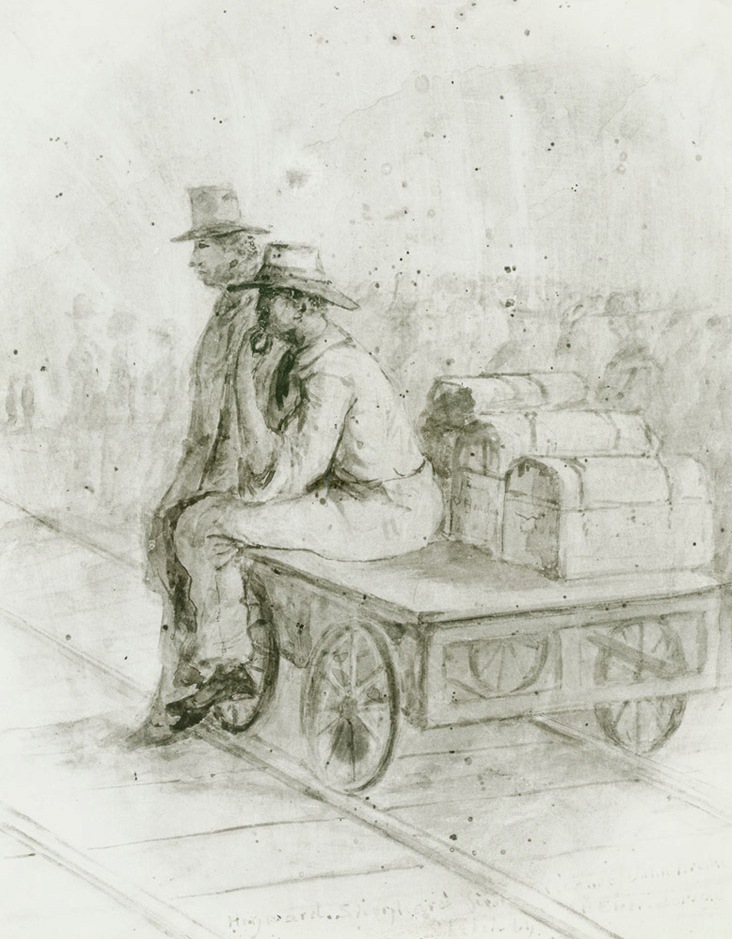
This is a drawing of Heyward Shepherd, a free black man who lived in Harper’s Ferry.
Early in the raid Brown’s son, Oliver, accidentally shot him as he was working as night watchman for the railroad. So the first casualty of the raid was a black guy, and from what I can tell he was an important man in the community there. Killing him seems to have badly shaken the confidence of the raiders and discouraged slaves from joining them.
18.
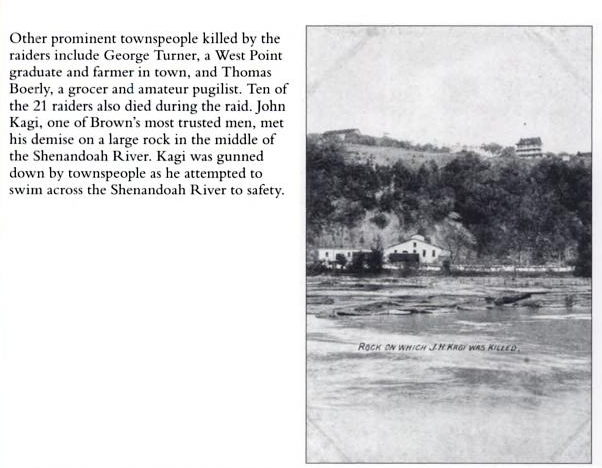
When morning came around, the townspeople reacted with savagery. Brown thought taking hostages like Colonel Washington would save him. Not so; the town turned on them with drunken fury. Whenever Brown would send a man out to discuss a truce, they would shoot him, then tear him to pieces. “Militia” after “militia” — armed slave patrols liquored to the gills — poured into town and got on the hills around them and just kept shooting and shooting at them. When one of the raiders, John Henry Kagi, attempted to swim across the river, sure, they shot him. But then they kept shooting him, and shooting him. For days. They used his corpse for target practice for days.
19.
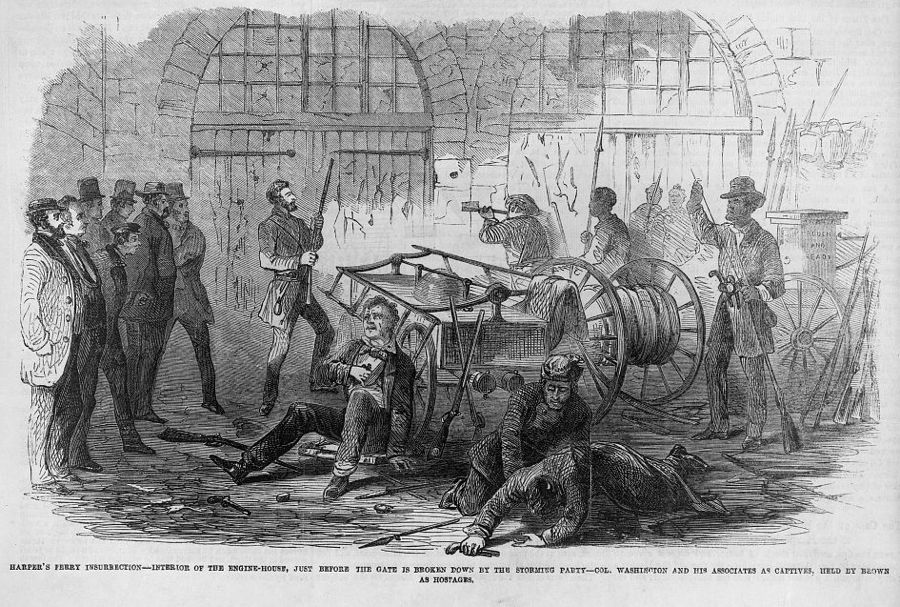
It all went wrong, with John Brown’s son dying at his feet. Most of the slaves melted back into the countryside when they saw Brown had no chance, and he ended up penned in a little brick building with one room and bullets pouring through from all sides.
T
he courtroom appearance that would transmute all this shit to gold was still days in the future. We remember the end of the raid, when they were at bay and dying. Few people know about the raid at the height, when the raiders and as many as 300 slaves owned the streets of Harper’s Ferry.
The plan could have worked at several points — Brown could have left the armory after taking all the weapons and gotten away easily. Instead, he stayed. He stayed and stayed and stayed until the situation became too terrible to leave. It’s a tribute to his personal magnetism that anyone stayed with him.
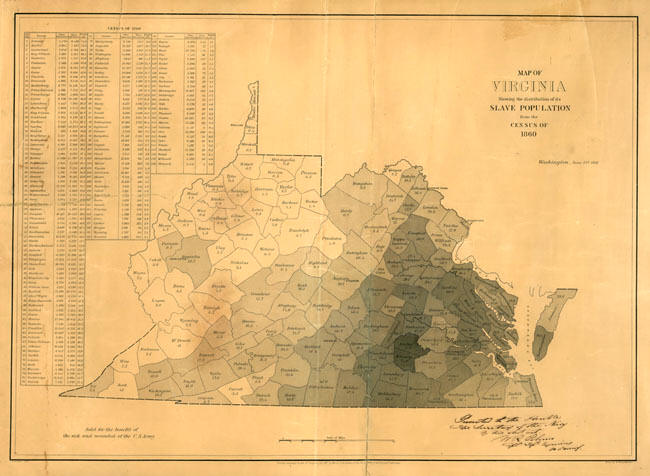
Could Brown’s plan ever have succeeded?
Well, what’s success? I mean, he did spark the Civil War, which ended slavery across the entire United States. You can even see his effect on the map — West Virginia begins at Harper’s Ferry. It’s as if he cut the state in half with a sword.
If you want success, I don’t know what’s more successful than that. But at what a cost!
Even if Brown meant to sacrifice himself, the people with him did not mean to sacrifice themselves, and I don’t believe Brown meant to sacrifice his sons.
In most ways the raid was a success. They took the objective, they got what they came for, and they had plenty of time (all night and an hour after dawn before the alarm was even raised) to skedaddle. Plenty of slaves were joining them — we know they were handing out guns and spears.
But it didn’t take fire like he wanted it to, somehow. There was something about the situation that did not satisfy Brown, and he demanded that the raiders stay in the arsenal and try to hold the buildings. Perhaps he thought, for a moment, that he was dealing from a position of strength. After all, he had enough guns for an army, and he had slaves on his side and more all the time. The moment had come to parley with the other side.
It was then that he discovered that he was facing a much more determined adversary than he imagined.
The part of Virginia that they were in simply did not have a lot of slaves. Most of the ones there were local citizens who worked a job. The brutal agricultural areas with huge groups of furious slaves were far to the south. Harper’s Ferry is a sleepy little town that makes guns for the army. But they believed in slavery.
Once Brown realized there were no armies of men to come to get his guns, that his hostages were useless, and that he was facing an enemy that would kill him before even listening to him….well, I think he began to realize the depths of his foe.
Before John Brown’s raid, I think everybody was kidding themselves that slavery could end without bloodshed. But when they shot the third man who came out waving a white flag and drunkenly tore the ears off of Lewis Leary’s corpse, anybody in spitting distance of Harper’s Ferry knew that the slavers would rather die than let go.
